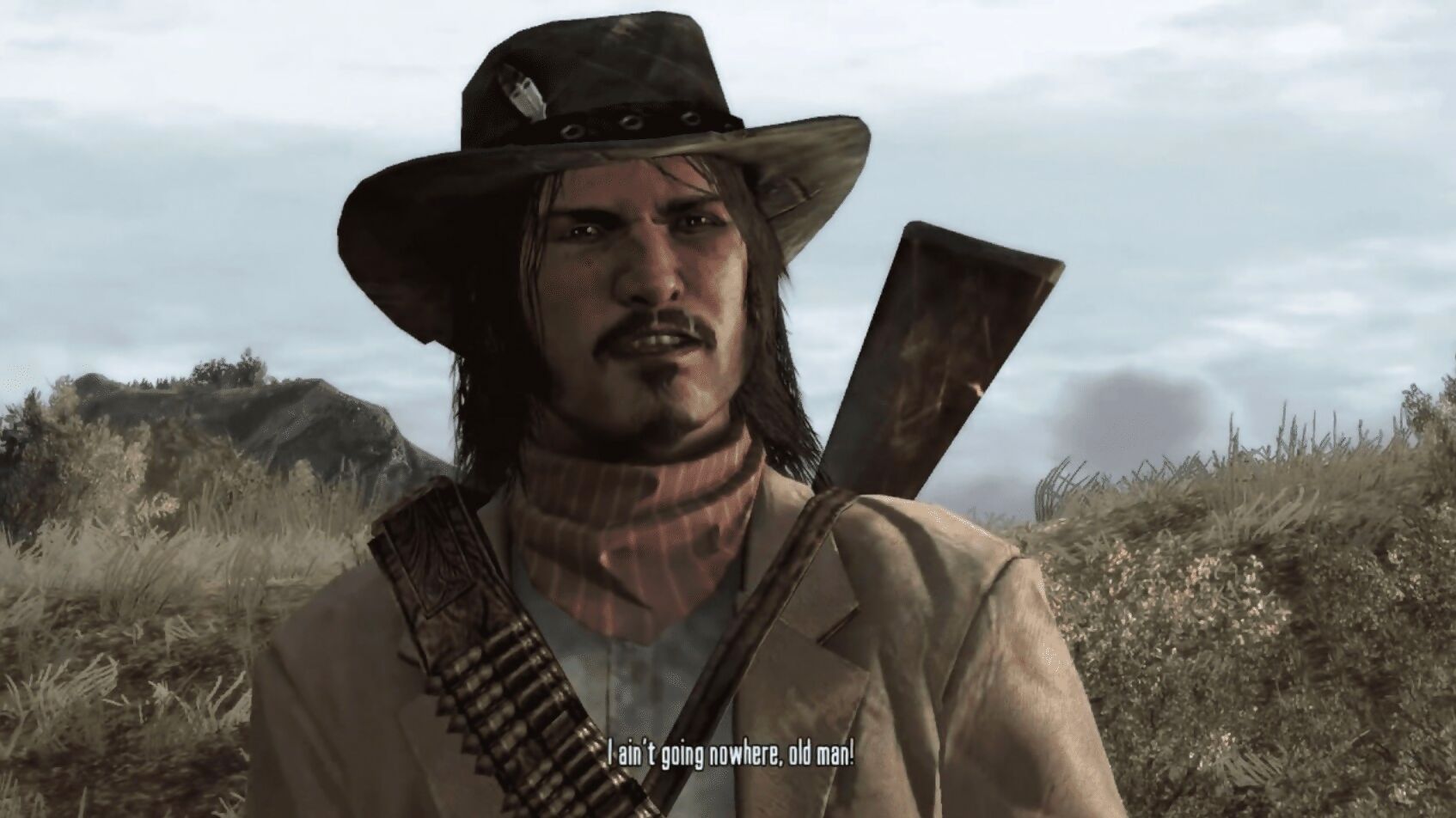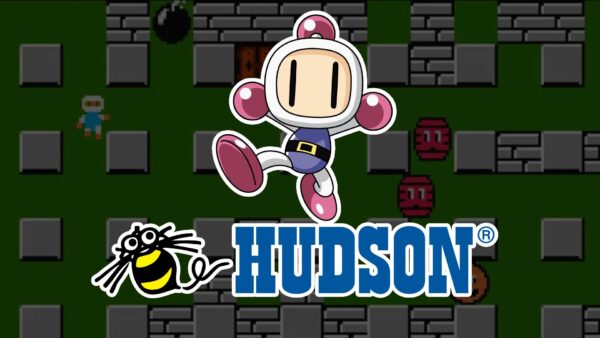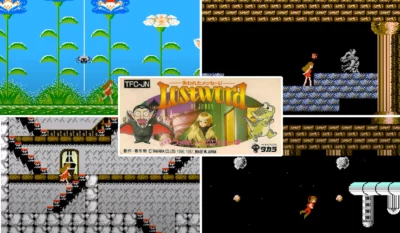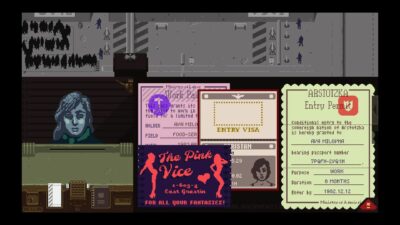
Tropes in narrative design are bad, right? Wrong! Antony illuminates how tropes can be used intelligently in good storytelling…
When we talk about a trope, what we mean is a common element which may recur from story to story. These elements can be of any conceptual ‘size’, ranging from the expansive ‘chosen one’ archetype, which may dominate an entire story, all the way down to some tiny sub-scene moment, like how a villain might face their chair away from a hero at first, then at the right moment swivel dramatically to emphasise their menace. The point is that these tropes are recognisably a pattern in storytelling, occurring more than once.
Building blocks
In many ways, tropes are the language of storytelling. Once an element becomes a pattern, it always comes with connotations inherited from the popular example of that element. Imagine, for instance, the shoulder-parrot: a parrot, perched on a shoulder, which belongs to a one-eyed or peg-legged man who likes saying “Oo-arr”. This is a small trope usually played for comedy, which likely originated with the adventure story Treasure Island, and was later imitated by others who were either intentionally referencing that work or naively accepted pirate-parrots as true to life (there’s no record of this ever being the case). Nevertheless, a shouldered parrot now immediately summons a horde of connotations, such as themes of piracy, the feeling of adventure, or specific lines such as “Polly wants a cracker”. It could just have easily emerged that parrots on the shoulder connoted sainthood, or foreshadowed the perch’s death, or that the person had a mystical connection to nature. But those possibilities simply haven’t come to pass. Accepting that, we can begin to use the trope.

The ‘no-gear level’ trope in Breath of the Wild, used to add challenge or tension.
Tropes like the villain chair-turn and the shoulder-parrot are building blocks which act as storytelling shortcuts. If I want audiences to know that a level’s boss (another trope) is a villainous pirate, all I must do is have them dramatically turn their chair to face the hero, revealing a pet parrot perched a-shoulder. Even if you take something relatively sophisticated, like the recent film Everything Everywhere All At Once, it’s still built more or less entirely out of repeated patterns from elsewhere in storydom: a magical artefact that destroys the minds of those who gaze upon it, a small prop used as a ‘third eye’ to symbolise enlightenment, and the trope that all Asians know, martial arts. All stories, intentionally or not, are built with this vocabulary of elements. But like words in a real vocabulary, intentionally or not, some elements are harmful. Take the ‘all Asians know martial arts’ example, which in Everything Everywhere is gently lampooned. But when unquestioned it can also lead to negative outcomes, such as being fodder for playground bullying of Asian kids who “should know how to fight”, or East Asian actors needing martial arts training to work in the film industry despite this not being expected of their white counterparts.
Trope fear
But again, tropes are just the building blocks of stories. In modern popular culture, many people hear ‘trope’ and understandably think ‘bad’. There are various factors why this has emerged, not least because of poor curricula in schools and the amount of CinemaSins-style content masquerading as coverage or criticism of popular media. Even among people thinking deeply about storytelling, who may have appreciated things like Tropes vs. Women in Video Games and other attempts to increase the sophistication of games criticism, a large number have taken a reactive stance to many tropes, rejecting them outright.

Take, for instance, the trope of the magical Black man. He usually lives on the outskirts of town, is poor and downtrodden, and speaks real folksy-like, but possesses some ancient, spiritual, possibly tribal wisdom. It is often his role to assist a white protagonist. This is, of course, quite racist, and draws from the same well as the idea of ‘savagery’ upon which the British Empire was built. As a game storyteller, I might spot that idea in a piece and immediately nope it out of the narrative. But wait. Does the trope really mean that we can never include a Black man with mystical powers in any story? Should I dodge it by ‘safely’ rewriting that character as white? Furthermore, can we never have a man rescue a woman ever again?
The long road ahead
What we can do instead is use the trope with our eyes open, shedding ignorance. Perhaps we subvert it, by having the protagonist go to the Black man at the edge of town expecting magic, only to find that in reality the magic is science, and their assumption gets derided. Or maybe we reaffirm the trope without glamourising it, dedicating serious time to why people marginalised by society might turn to ‘old ways’ or otherwise reject mainstream thinking, considering, for example, the well-documented real-world phenomena of ethnically unequal health service outcomes.
Writing almost any story is a negotiation with tropes, to a degree. Some tropes you’ll have to let slide (if you even notice them), and others you’ll have the space to really explore. The Rings of Power arguably lacks the latitude to challenge the trope of a sentient race being inherently evil, but it’s trying to confront the idea that almost everyone of note in fantasy stories is a white man. The point is this: embrace tropes, use them to your benefit as storytellers have since time immemorial. Do so with as little ignorance as possible, negotiating with their nuances. And who knows, perhaps the next great video game story will be about a parrot, detailing the highly unique and against-all-odds journey Polly must have lived to end up on the shoulder of a bonafide pirate.





